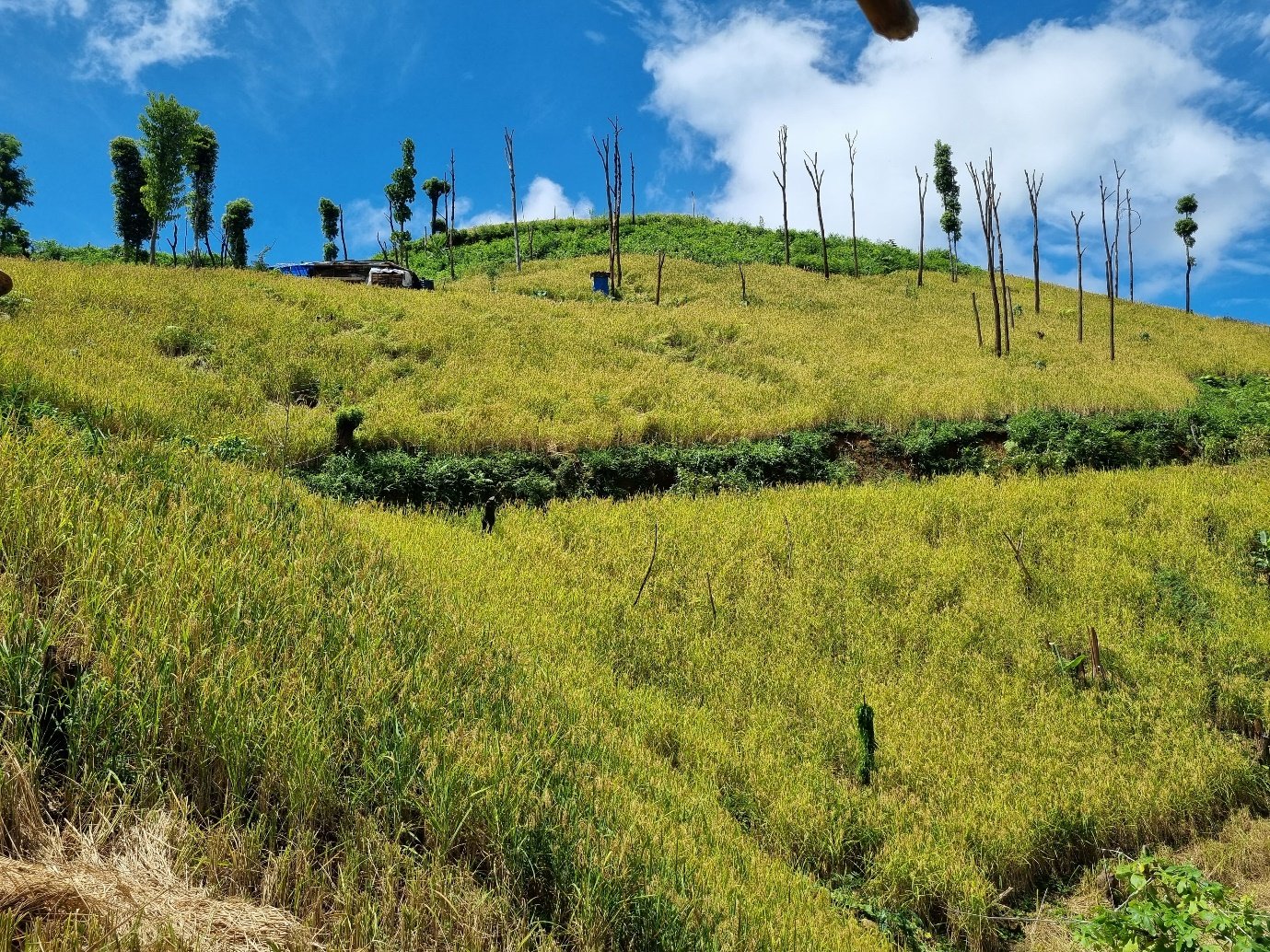The villages of Khensa, Ungma, and Kupza under the Ongpangkong Range in Mokokchung District are bustling with activity as the dry paddy harvest season is in full swing. In several other villages, the harvest is also underway, while some have already completed the harvest.
The intensive manual labour is involved in this essential agricultural process and the scenes reflect the age-old methods of rice harvesting, which remains a staple food source for the people of Nagaland.
With around 86 percent of the cultivable land in the State dedicated to rice cultivation, either through traditional jhum (shifting) or terrace methods, rice plays a central role in the local economy and sustenance of the region. The State is known for cultivating both dry and wet paddy varieties, with the sowing season typically occurring between March and April.
The harvest of wet paddy generally takes place between October and November. In contrast, the harvesting of dry paddy depends significantly on weather conditions, particularly rainfall, and can often be completed earlier if conditions are favorable. This flexibility allows farmers to adapt their practices according to the unpredictable climate, which is a crucial factor for agricultural success in this hilly region.

Community effort is an essential requirement in the harvesting. Men and women work side by side, demonstrating the traditional and collaborative approach to agriculture that is prevalent in these Naga villages. The harvest involves cutting the stalks by hand, threshing to separate the grain, and carefully handling the produce to ensure the best quality rice is stored and distributed.
These practices are not only a means of sustenance but also an integral part of the cultural heritage of the Naga people. The rhythm of agricultural activities dictates the seasonal cycles of the villages, where every member contributes to ensuring a good yield.


